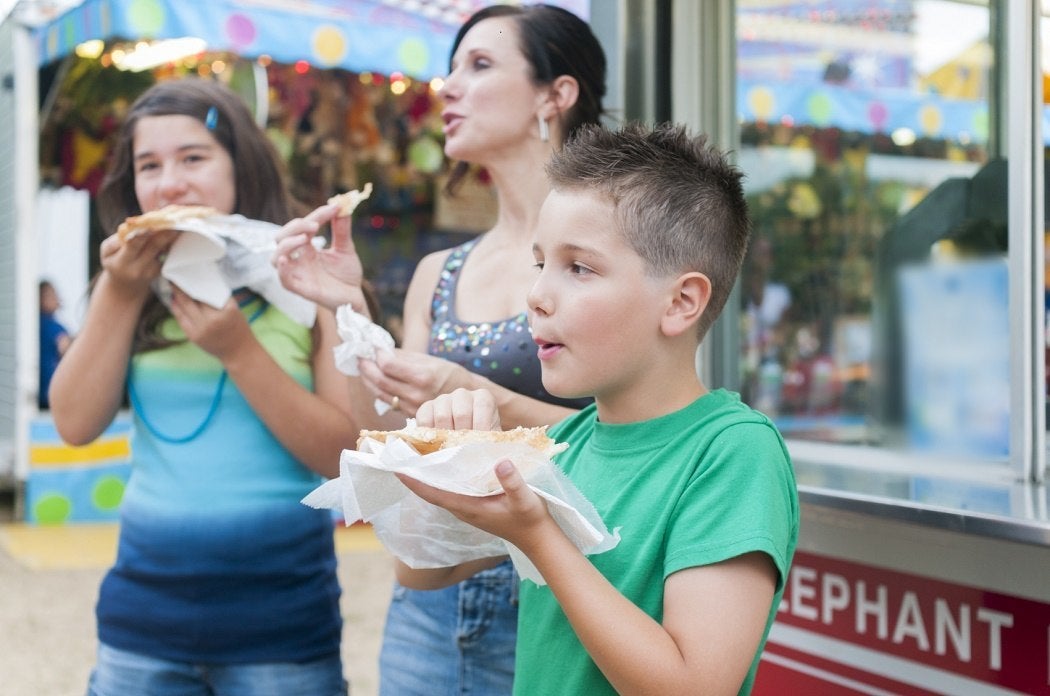It’s state fair season, a time for scrambler rides, rigged games, and deep-fried everything. But in the late 1800s, state fairs were much more than that. They were a major social occasion and a chance to catch up on the newest agricultural technology.
In a 1978 paper for Southern California Quarterly, Gerald Prescott detailed the Gilded Age September ritual, with its “varied sights, bustling crowds, and air of excitement so exhilarating to isolated rural dwellers.”
In the 1880s, the week-long state fair in Sacramento drew tens of thousands from around the state. Visitors filled the city’s hotels and boarding houses, and some camped outside to save money.
The fair offered farmers a view of new agricultural techniques and machinery. Farm equipment manufacturers fought for gold medals, while displaying reapers, harrows, cultivator drills, irrigation devices, and many other products. One account described steam tractors displayed at the 1868 fair as “smoking monsters that threw scares into rearing horses.”
There were also more whimsical displays: a 73-pound, seven-foot long beet, blocks of ice containing frozen mountain trout and bouquets of flowers, and “the goddess Ceres on a pyramid of cereals.” By the early 1890s, the budget for a fair’s prizes was more than $47,000.
In place of the rides found on a modern midway, the fairs featured pony rides, bicycle races, balloon rides, and “sham battles” with “artil’ery firing and skirmish lines.” The third evening of the fair was a traditional day for everyone to dress up and parade through the Pavilion, entertaining themselves simply by seeing and being seen.
More controversially, gambling became common in the 1870s and 1880s and extended to local hotels and saloons during the week of the fair. Horse racing was one of the largest draws at the fair, and fair directors focused enormous energy on building race tracks and stables, and attracting racers. In 1890, horserace winners received almost twice as much as all fair exhibits combined.
Some critics, including the rural values advocates of the Grange, complained that race track gambling was immoral and harmful to the young and said the races distracted from “legitimate” exhibits.
In defense of the races, fair officials argued that they encouraged the breeding of fast, strong horses. For several years after the Civil War, they also appealed to military preparedness, arguing that the Confederacy’s superior horses had helped it in the war.
Rural groups also charged the fair with permitting too much drinking and bad behavior, and with catering to major breeders and farmers rather than the broader rural population.
Nonetheless, Prescott concludes, the fair offered many benefits to California farmers. It encouraged innovation in the years before the creation of educational institutions for agriculture, spread awareness of California as a key producer of wine and fruit, and provided “a crackling good time for all.”
Editor’s Note: This article was amended to add a missing space in the fourth paragraph.







